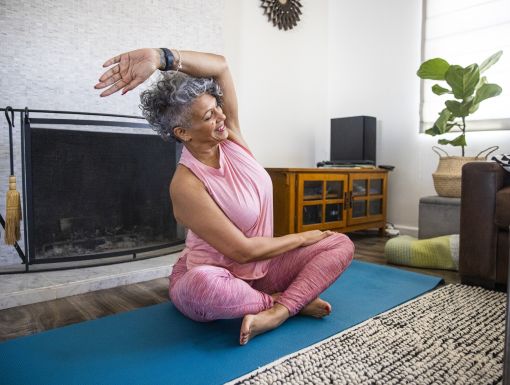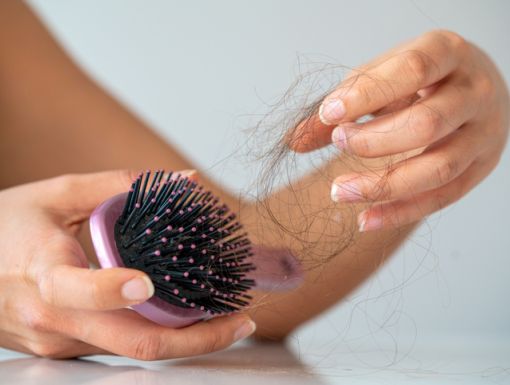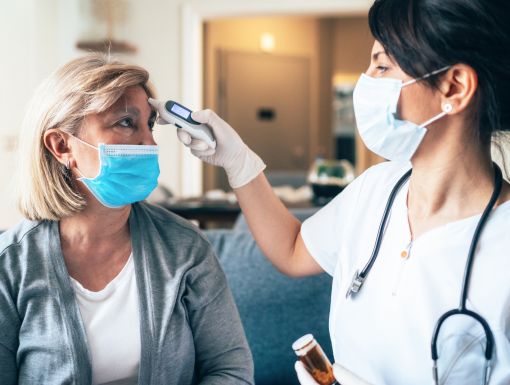
Are N95 Masks Recommended for Omicron?
Are you still wearing a cloth mask to protect yourself against COVID-19? Here’s the latest from the Centers from Disease Control on all the different masks available to consumers.
As the virus that causes COVID-19 is continuously evolving, creating strains such as Omicron and Delta, the CDC has quickly adapted to the ever-changing virus and made informed, science-backed decisions to keep people safe. And that includes providing the latest guidelines on masking. In addition to getting vaccinated against COVID-19, masking is one of the best tools to help reduce the spread of COVID-19. It is important to remember that any mask is better than no mask. However, with the highly transmissible Omicron variant circulating widely, the CDC says people at increased risk for severe disease may opt for highly protective N95 respirators or KN95 masks, especially in higher-risk situations. Previously, it was asked that these types of masks be reserved for healthcare and other frontline workers. However, because these types of masks are no longer in short supply, the CDC says people may choose to wear a basic, disposable N95 respirator for personal use instead of a cloth mask in some situations.
N95 and KN95 respirators are a respiratory protective device designed to achieve a very close facial fit and very efficient filtration of airborne particles. N95 respirators are approved by the National Institute for Occupational Safety and Health filter up to 95% of particles in the air, while KN95 and KF94s are approved by health authorities in China and Korea, respectively. People should be aware that there are also a wide range of counterfeit respirators for sale on the market. According to the CDC, about 60% of KN95 respirators the institute evaluated during the pandemic in 2020 and 2021 were counterfeit and did not meet federal requirements. See a list of masks that meet these standards and more information on their availability.
While N95 and KN95 masks are the most effective option, they can be more expensive and aren't always easy to find — especially in kids' sizes. If you don't have access to one of these respirators, you can still protect yourself by wearing a properly fitting cloth mask with multiple layers, double masking (wearing the cloth mask over the surgical mask), or, if your cloth mask has a pocket inside, you can put a filter in the pocket to add an extra layer of protection.
When should you wear a mask?
It is recommended that everyone who is 2 years old and up wear a face mask in public indoor settings to protect themselves and others from the spread of COVID-19. Generally, masks can be skipped if you are outdoors. However, you might want to consider wearing a mask in an outdoor setting if it’s crowded, or you'll be in close contact with people who aren’t fully vaccinated.
If you are immunocompromised, continue to take as many precautions as possible, including masking in crowded places, even when fully vaccinated.
Choose a properly fitting mask
Masks should fit snugly on your face. Gaps can let air with respiratory droplets leak in and out around the edges of the mask. When choosing a mask, make sure it fits snugly over your chin, mouth and nose. Avoid masks with:
- Single-layer fabrics. A good way to test is to hold your mask up to the light. If you can see the light come through it, it is too thin.
- Exhalation valves, vents or other openings
- Gaps around the sides of the face or nose that allow air to flow in
- Wet or dirty material
For all the latest updates on masking, visit the CDC’s website.
In addition to wearing your masks, getting vaccinated is more important than ever. If you still need to get your COVID-19 vaccine or you are due for a booster, visit ochsner.org/vaccineinfo to find out where you can get a vaccine today.



